
Part I, by Freda Lewis-Stempel
GREY-SLATE ruins rose up on the hillside across the valley, the arches like spectacles sitting on the bridge of the hill’s nose. Against the blue sky and the hubs of the hills, Castell Dinas Brân was a dramatic welcome to an expedition based on George Borrow’s classic book Wild Wales. My father and I may not be Victorian gentleman explorers quite like Borrow, who literally walked the talk, but we decided to be the 21stcentury, driving version of him. Traveling from Scotland home to Herefordshire, down the traffic-choked M6, we branched off on the ultimate scenic detour—Wales from north to south, in Borrow’s footsteps of 145 years ago. Is Wales, we wondered, still wild?
The castle rules North Wales’s Dee Valley and the artisan town of Llangollen below, home to the International Eisteddfod and, also, the best gluten-free pork pie in Britain. It took four months to develop, apparently—time well spent. Indeed, from crumbling pastry to crumbling walls, the greatest beauties of Wales are those that take longest to build; Castell Dinas Brân, Crow Castle in English, has origins as far back as the Iron Age. The jewel that remains today dates to the princes of Powys Fadog, under whom it was besieged and set fire to by Edward I’s army in 1277.
The castle guards the A494 valley towards Dolgellau. Contrary to Borrow’s journey down North Wales, it wasn’t raining thick and fast or swarming with thick mist when we drove the route in March, but brimming with azures and puffy whites amid the grass, with wild daffodils turning to pastel and snowdrops un-clustering. The air held a sweet moistness, that hidden promise of the turning of Nature.
This story is from the August 19, 2020 edition of Country Life UK.
Start your 7-day Magzter GOLD free trial to access thousands of curated premium stories, and 9,000+ magazines and newspapers.
Already a subscriber ? Sign In
This story is from the August 19, 2020 edition of Country Life UK.
Start your 7-day Magzter GOLD free trial to access thousands of curated premium stories, and 9,000+ magazines and newspapers.
Already a subscriber? Sign In
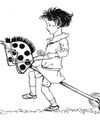
Give it some stick
Galloping through the imagination, competitive hobby-horsing is a gymnastic sport on the rise in Britain, discovers Sybilla Hart
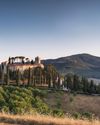
Paper escapes
Steven King selects his best travel books of 2024
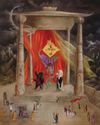
For love, not money
This year may have marked the end of brag-art’, bought merely to show off one’s wealth. It’s time for a return to looking for connoisseurship, beauty and taste

Mary I: more bruised than bloody
Cast as a sanguinary tyrant, our first Queen Regnant may not deserve her brutal reputation, believes Geoffrey Munn
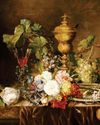
A love supreme
Art brought together 19th-century Norwich couple Joseph and Emily Stannard, who shared a passion for painting, but their destiny would be dramatically different
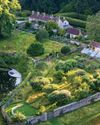
Private views
One of the best ways-often the only way-to visit the finest privately owned gardens in the country is by joining an exclusive tour. Non Morris does exactly that
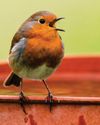
Shhhhhh...
THERE is great delight to be had poring over the front pages of COUNTRY LIFE each week, dreaming of what life would be like in a Scottish castle (so reasonably priced, but do bear in mind the midges) or a townhouse in London’s Eaton Square (worth a king’s ransom, but, oh dear, the traffic) or perhaps that cottage in the Cotswolds (if you don’t mind standing next to Hollywood A-listers in the queue at Daylesford). The estate agent’s particulars will give you details of acreage, proximity to schools and railway stations, but never—no, never—an indication of noise levels.
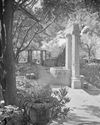
Mission impossible
Rubble and ruin were all that remained of the early-19th-century Villa Frere and its gardens, planted by the English diplomat John Hookham Frere, until a group of dedicated volunteers came to its rescue. Josephine Tyndale-Biscoe tells the story
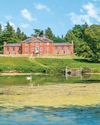
When a perfect storm hits
Weather, wars, elections and financial uncertainty all conspired against high-end house sales this year, but there were still some spectacular deals

Give the dog a bone
Man's best friend still needs to eat like its Lupus forebears, believes Jonathan Self, when it's not guarding food, greeting us or destroying our upholstery, of course